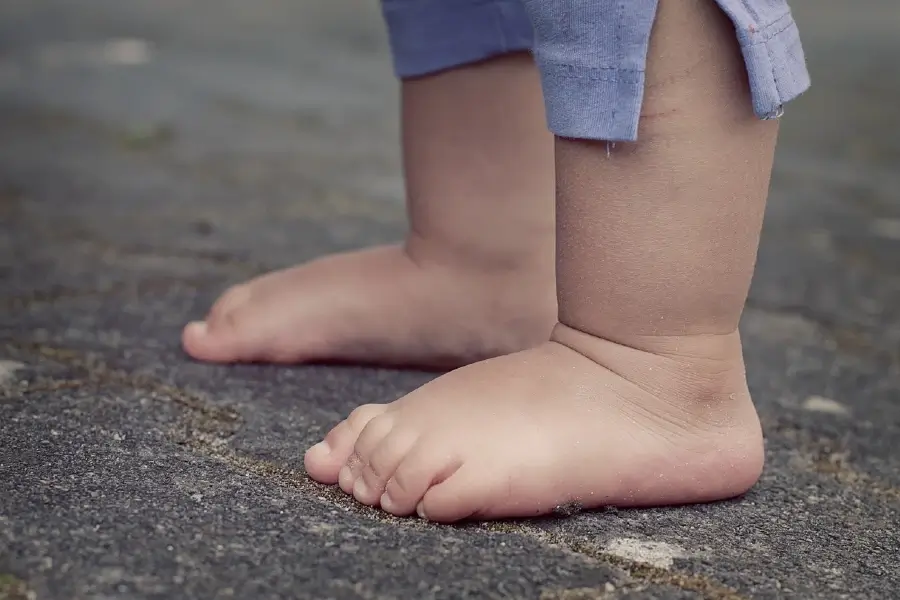The term “prosthetic reconstruction,” referred to as “pediatric prosthetics,” describes replacing lost limbs or elements of limbs in children using artificial limbs or devices.
These prostheses are intended to cater to the specific requirements of a developing child and enable them to participate in activities of daily living and play as much as they possibly may within their capabilities.
For youngsters, the following is a breakdown of the prosthetic reconstruction process:
Several Varieties of Prosthetic Reconstruction:
In the case of missing hands, arms, or sections of the arm, upper limb prosthetics are utilized to replace the missing limb. Among the options are passive infant devices, myoelectric prostheses for more advanced control, and activity-specific attachments for recreational activities such as sports or hobbies.
Lower Limb Prosthetics: These prosthetics can replace missing leg, foot, or complete leg sections. Prosthetic legs can be designed to support varying activity levels, and some may even be extendable to accommodate periods of rapid growth.
Using prosthetics from an early age can benefit a child’s growth.
Prosthetic reconstruction has the following advantages:
Improved Mobility and Independence: Prosthetics can assist children in regaining their mobility and function, enabling them to carry out activities of daily living, engage in meaningful play, and participate in physical activities.
A prosthetic limb can help a child feel more included and accepted by enhancing their self-worth and confidence.
In normal development, using prosthetics from an early age can benefit a child’s growth by motivating them to move around and investigate their surroundings.
Exceptional Points to Consider Regarding Children:
Because children’s bodies are always expanding, prosthetics must be adjusted or replaced regularly to accommodate these changes. More recent technology, such as expandable prosthetics, is currently being developed to address this difficulty.
Prosthetics designed for children must be lightweight and sturdy to resist the wear and tear of active play.
Assisting a youngster in adjusting to a prosthetic limb can be an emotional process called psychological adjustment. It can be beneficial to receive support from therapists, counselors, and other youngsters who also use prostheses.
It directly influences the level of functionality, comfort, and durability of the prosthetic device.
Those Who Stand to Gain:
Children born with limb differences or who have lost a limb due to sickness or injury may undergo prosthetic repair, which can benefit them. Early intervention and the customization of a prosthesis can significantly improve their quality of life.
To add to the list of considerations:
Cost: The cost of prosthetics can be rather high. In addition to the possibility that insurance will cover some or all of the expenses, there may also be organizations that offer financial aid.
In terms of material and technology, prosthetics are constructed from a wide range of materials, each with distinct characteristics and benefits. The choice of a suitable material is extremely important since it directly influences the level of functionality, comfort, and durability of the prosthetic device.
Metals that are extremely lightweight and long-lasting, such as aluminum, titanium, or stainless steel, are among prosthetics’ most frequently utilized materials. These materials offer strength and flexibility, making creating intricate and specialized components possible.
Recent developments in material science have also resulted in the creation of high-performance polymers, such as thermoplastics and composites. These polymers provide higher strength-to-weight ratios and enhanced customization capabilities.
Selecting the proper prosthetic is of the utmost importance for youngsters.
The field of prosthetics has been transformed not only by the selection of materials but also by technological improvements in the manufacture and design of prosthetics. Cutting-edge technologies are frequently used in contemporary prosthetics. Some examples of these technologies are myoelectric sensors, microprocessor-controlled joints, and advanced control algorithms.
Combining these technologies allows the prosthetic to imitate the natural movement and function of the human body, offering users a more natural and intuitive experience.
Selecting the proper prosthetic is of the utmost importance for youngsters because their requirements and growth patterns are prone to quick change. Prosthetics for children need to be created with adaptability, flexibility, and a focus on their capacity to be used for an extended period.
Specialized pediatric prosthetic components, such as customizable sockets and adjustable limb lengths, accommodate a child’s growing body and changing requirements.
Incorporating cutting-edge materials and technologies into prosthetics has significantly improved the quality of life for individuals, particularly children, who need these assistive devices.
As research and development efforts in this area continue to advance, the possibilities for more innovative and personalized prosthetic solutions are continually expanding.
Ongoing Care: Routine checks and adjustments will be required to guarantee that the prosthetic limb is the correct size and performs to its full potential.
As a resource:
American Academy of Orthopaedic Surgeons: https://www.aaos.org/education/specialty-resources/pediatric-orthopaedics/
International Charity for Children’s Prosthetics: https://www.limbsinternational.org/
Amputee Coalition: https://www.amputee-coalition.org/
The use of prosthetic repair has the potential to significantly enhance the quality of life for children with limb differences. If they continue to receive support and new technological developments throughout their lives, these youngsters can achieve high function, independence, and overall well-being.

